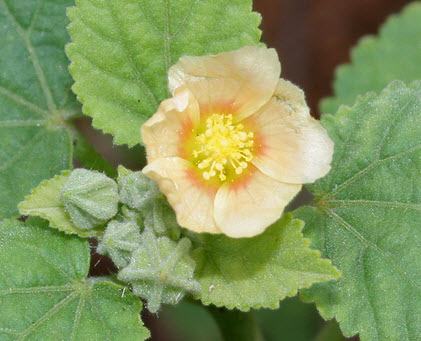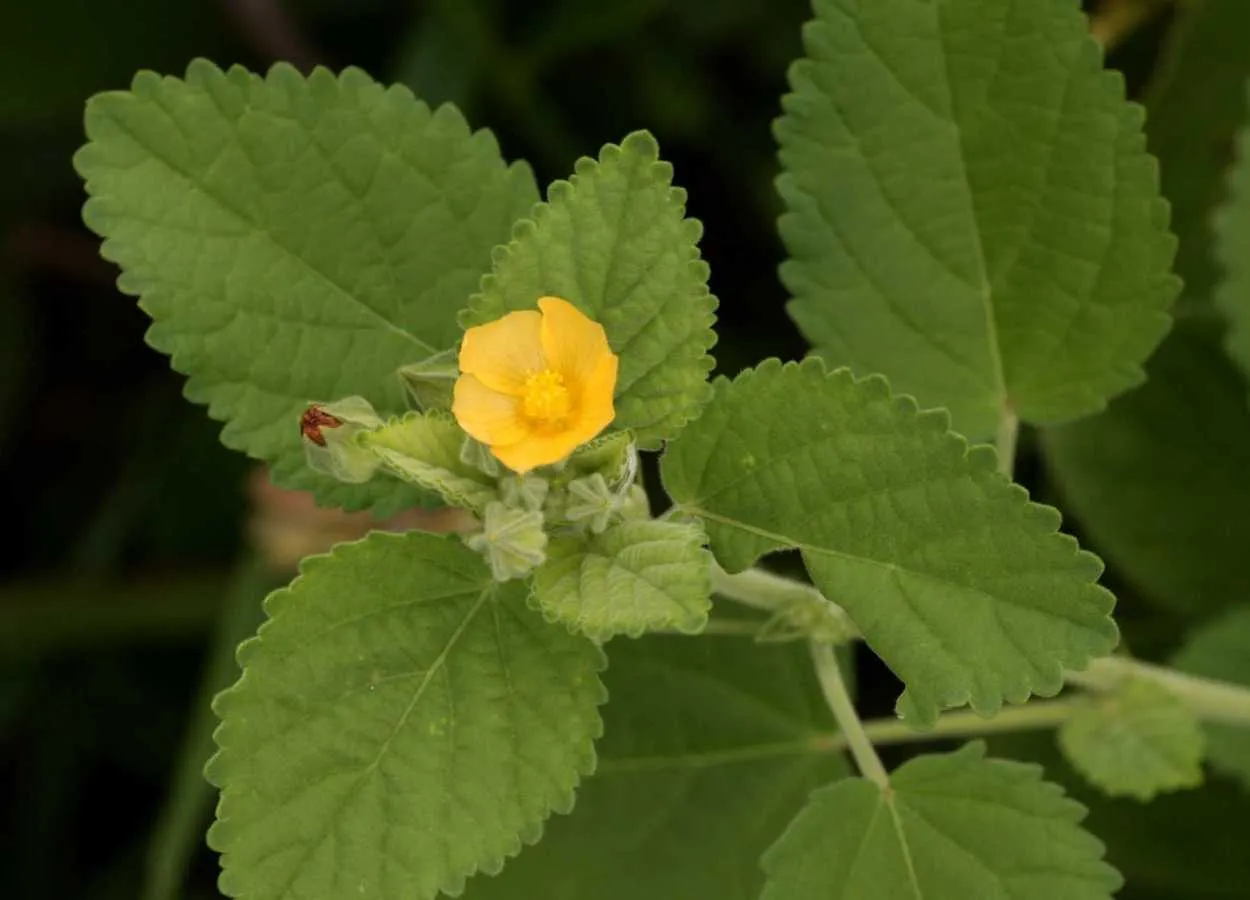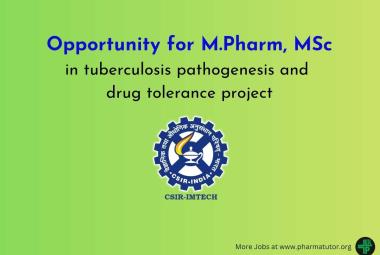
M.Pharmacy in Pharmacology,
M.B.A. in Pharmaceutical Marketing and Hospital Administration,
Founding Medical Writing Director, TRM Writer’s LLP
Modipuram, Meerut.
*devanshm84@gmail.com
Abstract
Traditional medicines, or Herbal medicine have been in use in treating various diseases since the time long back. The proof of earlier used medicinal plants for treating various disease exists since dates back to 5000 BCE. Even drugs derived from medicinal plants have been traditionaly used in various regions of the world, from Mesopotamia, to Egypt, and as Ayurveda in India. In todays time, more focus of pharmaceutical companies around the world is to find out active phyto-constituents and chemicals derived from plants, to be used in modern medicines, as a cure for treating wide variety of diseases, like, antiprotozoals, anti-infectives, anti-microbials, anti-inflammatory drugs, as well as anti-cancer drugs. In the current review we focus on phytochemicals and pharmacological properties present in common plant used in Ayurveda known as Sida cordifolia L. Sida cordifolia L. is widely used in Ayurveda for wide variety of ailments as anti-inflammatory drug for oral mucosa, stomatitis, bronchitis, asthma, etc. Sida cordifolia has various phyto-chemicals such as, alkaloids, steroids, flavonoids, having anti-ulcer and wound healing properties. Thus it is justified to publish an up to date review on this plant respectively.
Reference Id : PHARMATUTOR-ART-3016
Introduction
Medicinal plants and chemicals derived from them via decoction haveen used by human mankind since the times millennial. Around 5000 BCE dated back herbal medicines from plants have been used for tuberculosis, infectious diseases, anti-septics, and as wound healing agents (Dar, et al. 2017). Medicinal plants exists on our earth across all countries. And it has been known that around 80 % of worlds population depend on herbal plants for curing wide variety of diseases, and as relief agents from various ailments affecting humans since ages.
Countries such as India, Sri Lanka, Pakistan, China, Vietnam, and Bhutan rely on medicinal plants to cure various diseases. Around 40 % of population in these countries depend on traditional system of medicines. In India, Ayurveda totally depends on Herbal medicinal plants to find medicines used to cure diseases from cold and cough to cancer treatment. Even Tibetian medicine system, rely on medicinal plants to find medicines for treating various diseases (Dar, et al. 2017).
In the current review, we focus on important medicinal plant of significance, i.e. Sida cordifolia L.
ABOUT THE PLANT SIDA CORDIFOLIA L.
Sida cordifolia L. is a perennial subshrub and flowering plant, which exists throughout India, and in countries like Sri Lanka, Pakistan, China, etc. It belongs to family of plants, known as Malvaceae.
Table 1, describes the taxonomical characteristics of the plant
Taxonomical Characteristics of the plant Sida cordifolia L. (United States department of Agriculture, 2024)
1. Kingdom ; Plantae
2. Subkingdom ; Tracheobionta - Vascular Plants
3. Superdivision ; Spermatophyta - Seed plants
4. Division ; Magnoliophyta - Flowering plants
5. Class ; Magnoliopsida - Dicotyledons
6. Subclass ; Dilleniidae
7. Order ; Malvales
8. Family ; Malvaceae - Mallow family
9. Genus ; Sida L. - Fenpetals
10. Species ; Sida cordifolia ilima
The picture of the plant is shown in Figure 1.

Figure : 1: Sida cordifolia L. (wikipedia, 2024)
PHYTOCHEMICALS PRESENT IN THE PLANT SIDA CORDIFOLIA L.
The plant Sida cordifolia L. mainly consists of flavonoids and alkaloids. It contains, Sitoindoside X, Fumaric acid, Ephedrine, vasicine, Vasicinol, Vasicinone, N-methyl tryptophan, 8, 5, 7 - dihydroxy-3-isoprenyl flavones, beta-sitasterol, Stigmasterol, Cryptolepin, Hypaphorine, 20-hydroxyecdysone, Malvalic acid, Sterculic acid, Coronoric acid, Sidasterone-A, Sidasterone-B, (9S, 10E, 12Z)- 9-hydroxyoctadeca-10-, 12- dienoic acid. The medicinal and biological properties depends highly on the presence of phyto-chemicals, and these phyto-chemicals present in this plant are responsible for the majority of pharmacological properties in this plant. (Avula, et al. 2008, Farooqi, 1985, Galal A., et al. 2015)
PHARMACOLOGICAL PROPERTIES OF SIDA CORDIFOLIA L.
Anti-cancer properties
The researcher found anticancer properties in the plant and the phytochemical responsible for the anticancer properties was found out to be Cryptolepin. The researcher, found that the methanolic extract of plant leaves showed effective anti-cancer properties in the cancer cell lines and also helped in cell cycle arrest which means, that the plant Sida cordifolia L. is effective antiproliferative plant in treating cancer disease (Matsui TA, et al. 2007).
Cardioprotective Potential
Cardiac diseases and associated heart ailments are the leading cause of morbidity and mortalities not only in India, but globally as well. So, in order to deal with the growing burden of cardiac diseases herbal medicines are effective treatment strategies. The researcher studied cardioprotective potential in the aqueous extract of the hydroalcoholic extract of sida cordifolia L. leaves in non-anaesthesized normotensive rats, and found that the extract caused hypotension followed by bradycardia. The researcher studied the cardioprotective potential in quinazoline group of alkaloids, Vasicine isolated from the leaves of plant Sida cordifoloa L. (Kubavat, et al. 2009).
Anti-inflammatory and Analgesic activity
The ethanolic extracts, and aqueous extracts of the leaves of the plant Sida cordifolia exhibited significant anti-inflammatory and analgesic properties in all the experimental animal models. The models especially used to test the anti-inflammatory and analgesic activity was carrageenan induced odema models in rats. The researcher studied effective anti-inflammatory and analgesic properties in the extracts of leaves of the plant Sida cordifolia L. (Konate K, et al. 2012).
Hepatoprotective potential in the plant
Liver diseases and associated diseases are the leading cause of morbidities and mortalities in people all across the world. The researcher studied hepatoprotective potential and anti liver toxicity activities in the aqueous extracts of the plant, at doses, 100 and 200 mg/kg of the extracts of the plant Sida cordifolia L.In rats. Ethanolic extract of 50 % showed effective potential against the induced liver toxicities. (Rejitha S et al. 2012).
Antipyretic and Anti-ulcer Potential in the Plant
The researcher found effective antipyretic potential in the plant extracts, where the researcher found that methanolic extracts of the aerial parts of the plant showed effective antipyretic effects in the experimental rats, also the methanolic extracts of the plant showed effective antiulcer potential in the aspirin and ethanol induced ulcer models. (Philip BK, et al. 2008).
Antidiabetic Potential in the plant
The researcher found effective anti-diabetic potential in the aqueous and methanolic extracts of the aerial parts of the plant. The extracts in dose of 600 mg/kg showed significant reduction in blood glucose levels and also helped in prevention of diabetes associated complications in the experimental rats model in which streptozotocin induced diabetes models were used. (Ahmed M, et al. 2014).
Wound healing potential in the plant
Wound healing is the leading therapeutic area in the medical world. If the plant is having wound healing potential it is positively effective antiulcer drug as well. Medicinal plants have been known to possess effective wound healing potential, and they have been in use since the time human exists on this planet earth. The researcher studied wound healing activity in the aqueous extract of the plant, and it showed positive response to prevent the damage caused by dexamethasone induced wounds. (Kumar S, et al. 2019).
Antioxidant potential in the plant
(Beena C, 2017) extensively studied antioxidant potential in the roots of the plant. And found high quantity presence of phenolic compounds present in the plant having antioxidant potential.
CONCLUSION
Medicinal plants are of high importance nowadays and most pharmaceutical companies are focusing on finding out effective drugs from plants sources, because they are as effective as synthetic drugs are, and are having less adverse effects compared to the allopathic medicines available in the market. Sida cordifolia L. is effective medicinal plant having wide variety of therapeutic potential. More and more research shall be carried out to bring this plant in the main course of treatment strategies for wide varieties of human ailments.
References
1. Dar, Ahmad Refaz, et al. (2017). General overview of medicinal plants: A review. The journal of Phytopharmacology, 6(6): 349-351.
2. UNITED STATES DEPARTMENT OF AGRICULTURE, 2024. available at: https://plants.usda.gov/home/classification/66296 (accessed 12 July, 2024).
3. Wikepedia 2024. available at: https://en.wikipedia.org/wiki/Sida_cordifolia#/media/File:Sida_cordifolia_(Bala)_in_Hyderabad,_AP_W_IMG_9420.jpg (accessed 12 July, 2024).
4. Avula B, Joshi V et al. (2008). Quantitative determination of ecdysteroids in Sida rhombifolia L. and various other Sida species using LC-UV, and their anatomical characterization. Nat Prod Commun; 3(5):705-10.
5. Farooqi J. (1985) Sida cordifolia seed oil: a rich source of HBr-reactive fatty acids. Chem Ind :483-4.
6. Galal A, et al. (2015). Sida cordifolia, a traditional herb in modern perspective–a review. Curr Tradit Med. 1(1):5-17.
7. Matsui TA, Sowa Y, Murata H, Takagi K, Nakanishi R, Aoki S, et al.(2007). The plant alkaloid cryptolepine induces p21WAF1/CIP1 and cell cycle arrest in a human osteosarcoma cell line. Int J Oncol ;31(4):915-22.
8. Kubavat J, Asdaq S. (2009). Role of Sida cordifolia L. leaves on biochemical and antioxidant profile during myocardial injury. J Ethnopharmaco 124(1):162-5.
9. Konaté K, Bassolé IHN, Hilou A, Aworet-Samseny RR, Souza A, Barro N, et al.(2012). Toxicity assessment and analgesic activity investigation of aqueous acetone extracts of Sida acuta Burn f. and Sida cordifolia L.(Malvaceae), medicinal plants of Burkina Faso. BMC Complement Altern Med;12(1):1-11.
10. Rejitha S, Prathibha P, Indira M. (2012). Amelioration of alcohol-induced hepatotoxicity by the administration of ethanolic extract of Sida cordifolia Linn. Br J Nutr.108(7):1256-63.
11. Philip BK, Muralidharan A, Natarajan B, Varadamurthy S, Venkataraman S. Preliminary evaluation of antipyretic and anti-ulcerogenic activities of Sida cordifolia methanolic extract. Fitoterapia. 2008;79(3):229-31.
12. Ahmad M, Prawez S, Sultana M, Raina R, Pankaj NK, Verma PK, et al.(2014) Anti-hyperglycemic, antihyperlipidemic and antioxidant potential of alcoholic-extract of Sida cordifolia (Aerial part) in streptozotocin-induced-diabetes in Wistar-rats. Proc Natl Acad Sci India Sect B Biol Sci. 84(2):397- 405.
13. Kumar S, Lakshmi P, Sahi C, Pawar RS. (2019). Sida cordifolia accelerates wound healing process delayed by dexamethasone in rats: Effect on ROS and probable mechanism of action. J Ethnopharmacol. 235:279- 92.
14. Beena C. (2017). Evaluation of phenol content and in vitro antioxidant activity of the roots of different sida species found in kerala. International Journal of Tropical agriculture. 2 (35): 341-344.









